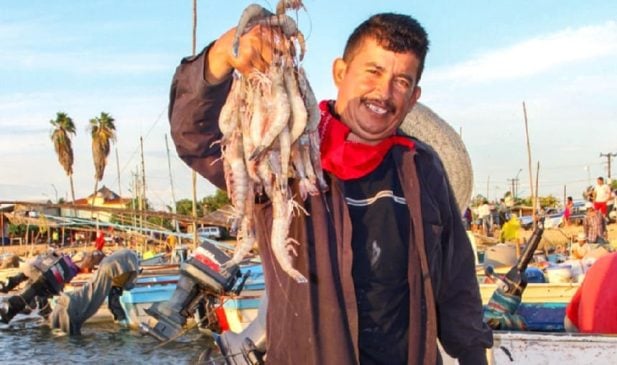Mexico City, Mexico — In an unprecedented cultural exchange, the Louvre Abu Dhabi Museum in the United Arab Emirates is exhibiting Mexican pieces.
Five exceptional archaeological pieces, loaned by the National Institute of Anthropology and History (INAH), will remain on display until April 2025.
The objective is to showcase Mexico’s cultural heritage in the Middle East through archaeological objects from different Mesoamerican civilizations, said the National Coordination of Museums and Exhibitions (CNMyE) of the INAH.
The selected works were temporarily integrated into the museum’s rooms dedicated to displaying the cultures of America and Mexico. To highlight this historic loan, an opening ceremony was held led by the Mexican Undersecretary of Foreign Affairs, Teresa Mercado Pérez, and the Director of the Louvre Abu Dhabi Museum, Manuel Rabaté.
The objects on display include a ceremonial mask from the ancient Mayan city of Calakmul in Campeche (600 BC-1521 AD), which was part of the elite’s burial practices as offerings.
A colossal head, called No. 5, of Olmec origin (1200-500 BC), from the Anthropology Museum of Xalapa, Veracruz. This sculpture weighs around 4,200 kilos and is carved from a large block of basalt.
A “theater” type censer, belonging to the Teotihuacan culture (100 BC-800 AD), which included charcoal and copal, abundant materials in Mesoamerica.
An anthropomorphic mask, also of Teotihuacan affiliation and from the same period as the censer, which represents a conventionalized humanoid face, associated with agriculture and fertility.
And an atlantes from Chichén Itzá, in Yucatán, (600 BC-1521 AD), from the National Museum of World Cultures. Atlantes are anthropomorphic sculptures with their arms raised above their heads, commonly used on altars or other places of worship.
“We are honored to host these precious objects to showcase significant chapters of Mesoamerican history to the region,” said Louvre Abu Dhabi Director Manuel Rabaté, stressing that this collaboration highlights Mexico’s rich cultural heritage while extending its reach to the Middle East.
The loan, he said, is part of the Ambassadorial Objects Program, which is a central pillar of the museum’s strategy, with which it has managed to enrich its collection, made up of nearly 700 pieces and sets of representative works from all periods (from prehistory to the present) and from all civilizations.
The partnership has also strengthened cultural dialogue and mutual understanding between the UAE and Mexico, as well as the role of the Louvre Abu Dhabi as a “centre of intercultural exchange and a forum for the diversity of creativity and human history,” he said.
Louvre Abu Dhabi Chairman Mohamed Khalifa Al Mubarak said “One of the most essential functions of culture is to enhance mutual understanding and respect among societies around the world.”
“Since its opening, our museum’s ongoing cross-cultural outreach and collaboration with prestigious regional and international institutions has introduced the emirate’s community and visitors to a variety of global treasures and a wealth of knowledge,” he continued.
Various specialists from the CNMyE of the INAH and from this Arab world center worked on this project for a year and a half, selecting pieces and meeting shipping requirements, in a long-term collaboration that is materialized with this historic exhibition.


